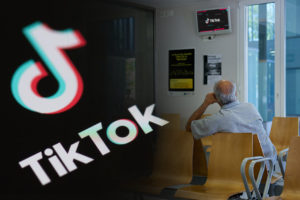The Covid-19 pandemic and economic and travel restrictions had cast widespread crisis across the globe. No industry was spared and today countries have started rebuilding their economies. This presents an opportunity for governments and businesses to relook at the Green Economy business model.
Although the business model has been around for years, green economy presents itself as a timely “economic solution” and if given sufficient focus, it would help in the preservation and mitigate the destruction of our environment.
Green economy is defined as low carbon, resource-efficient, and socially inclusive. In a green economy, growth in employment and income is driven by public and private investment into such economic activities, infrastructure, and assets that allow reduced carbon emissions and pollution, enhanced energy and resource efficiency, and prevention of the loss of biodiversity and ecosystem services – United Nation Environment Programme
In essence, green economy would involve the realignment and transformation of the business ecosystem into one that is green technology-driven; that maximises the utilization of bio-resources and one that produces bio-products that are eco-friendly.
Such green initiatives should take centre stage and remain the thrusts of both the federal and state administration. The role and buy-in by state governments are particularly important because a large part of the bio-resources reside and originate from land and forests that come under the state.
Relevant ministries must come together to firm-up policies, adopt and implement green benchmarks, provide additional tax breaks and incentives for investors, launch education and awareness programmes to encourage change in consumer habits.
Investors from both the domestic and international forums must be encouraged to invest in more green projects. The private sector should play a keen role in areas such as in green technologies, renewable energy, green manufacturing (smart) hubs, smart buildings, and transportation utilising green energy, and so forth.
This would ultimately generate hundred thousands of jobs – throughout the entire value chain of the upstream and downstream, logistics, distribution and retail cycles i.e. until the bio-products reach the consumer market.
The demand for organic and eco-friendly or green products is gaining acceptance and gradually escalating, but not quickly enough. Pivotal to the green revolution is the consumer market which ultimately dictates supply and demand.
Although there have been concerted efforts by organisations in green economy i.e. renewable energy and other green initiatives, the thrust is still lacking. Perhaps, this is due to lack of stakeholders’ will and determination.
There must be decisive engagement by all stakeholders for a holistic buy-in of the green economy concept. People say, “old habits die hard” but unfortunately there is no room for excuses, especially if we want to change the upward trajectory of nitrogen dioxide and carbon dioxide emissions into the atmosphere.
This is environment sustainability moving forward – one that could fulfil the principles of the triple bottom line framework. Apart from the obvious social (people) and economic value (profits), the green economy strongly drives the environment (planet) agenda. In a nutshell, this would also be in line with UN’s 2030 Agenda for Sustainable Development.
It is therefore up to key influencers, political leaders, businesses, civil societies, and local communities to move the green agenda forward. By doing so, businesses would be responding to the climate crisis with conviction and dedication – putting in place policies and regulations to reduce carbon footprint.





